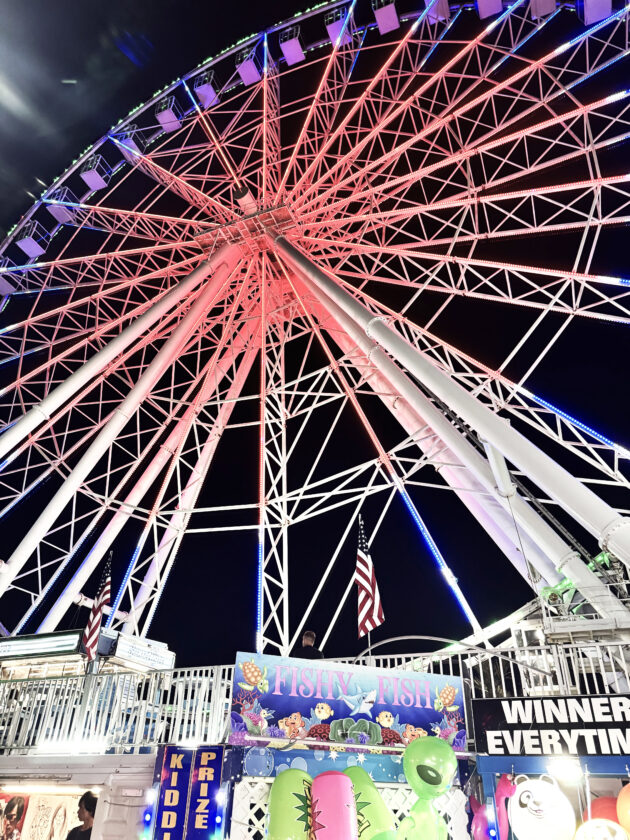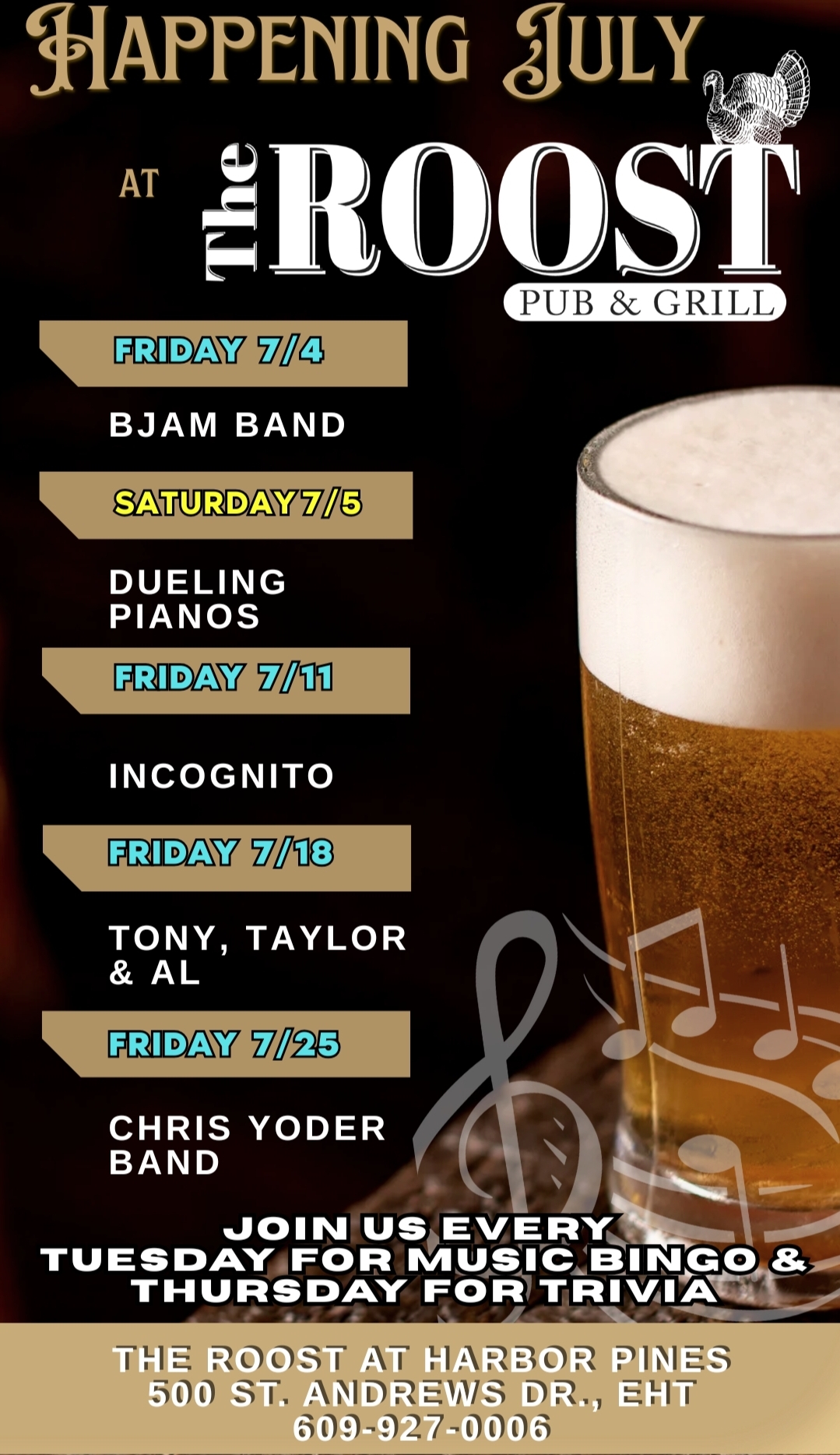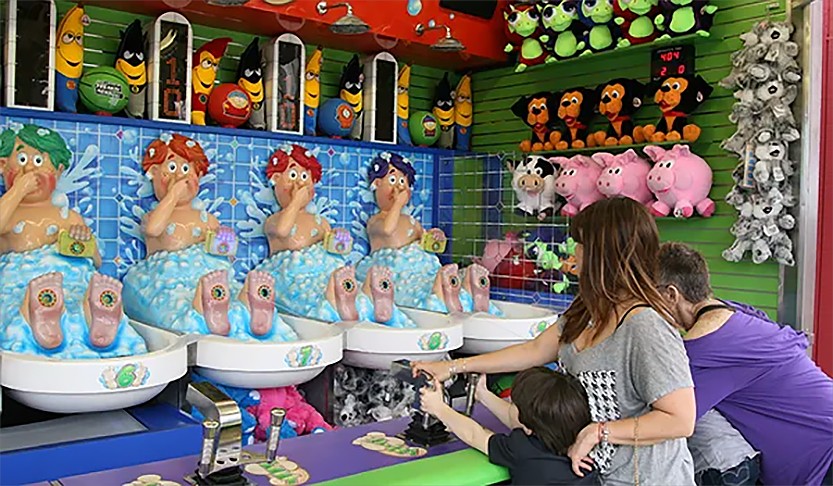Last Wednesday evening, I found myself with some time on my hands and, for reasons I can’t explain, decided to kill a few minutes by taking a leisurely stroll on Steel Pier, the legendary live-entertainment venue that has successfully reinvented itself as a games-and-rides amusement complex. What I observed was, to say the least, unexpected, bordering at times on mind-boggling. And, I must add, somewhat reassuring.
Most prominently, I was struck by how “normal” the scene there was. By that, I mean that the hundreds of people—toddlers to grandparents—who were gathered there genuinely seemed to be having a good time; the uncertainly and zillion-and-one problems, fears and worries that hang over all of us like the Sword of Damocles truly seemed to be submerged under the lightness of smiles and laughter that were unendingly seen and heard during my time there.
There was also a comforting feeling of continuity: For instance, I saw a girl about 11 or 12 years old with a huge grin splitting her face looking up and pointing and waving to, I presume, someone she knew on the dramatic observation wheel that stands as the pier’s visual anchor. I’m not generally a betting man, but if I were, I’d go all-in on that same tableau having played out along the Boardwalk in 1925. Or ’35. Or ’65. Or ’85. And let’s face it, there really isn’t that much else out there today about which that can be said.
And speaking of things retro, I was surprised—and gratified–to see that in this high-tech, digital universe of ours, Steel Pier’s decidedly low-tech games and rides—which enthralled prior generations of kids–still captivate youngsters.

They can still try to win a (dubiously constructed) stuffed animal with a water gun aimed at a target. They can still try to knock plastic bottles off a shelf with a ball, or test their skills with a basketball (at the risk of being “that guy,” it behooves me to point out that the $10 it cost for a single round at the pier’s elaborate ball court represents three or four weeks’ worth of Atlantic City fun when I was a lad).
And they can still take home a trinket by successfully manipulating a mechanical claw housed in a glass booth.
Not that Steel Pier is exclusively for those between 8 and 18. Toddlers still clutch the pole of a merry-go-round, astride a majestic steed and break into megawatt smiles every time they pass their parents.
And those over-21s who visit one of the local dispensaries before they hit Steel Pier can enjoy the crazy quilt of colored lights that animate the pier at night and add to the overall vibe of carefree fun and excitement.
This is not to suggest a visit to Steel Pier is a panacea for what ails us all. But the case can surely be made that in a world of stress upon stress, unyielding violence—whether on a local street corner or halfway around the globe—and general fear and uncertainty, the low-tech fun and familiarity of Steel Pier offers a brief respite from our personal and shared ills and—perhaps more importantly—a glimmer of hope that the human race still yearns for such “normalcy.”
Chuck Darrow has spent more than 40 years writing about Atlantic City casinos.













